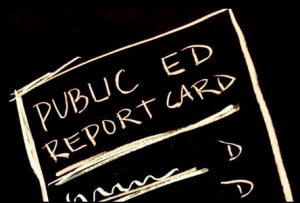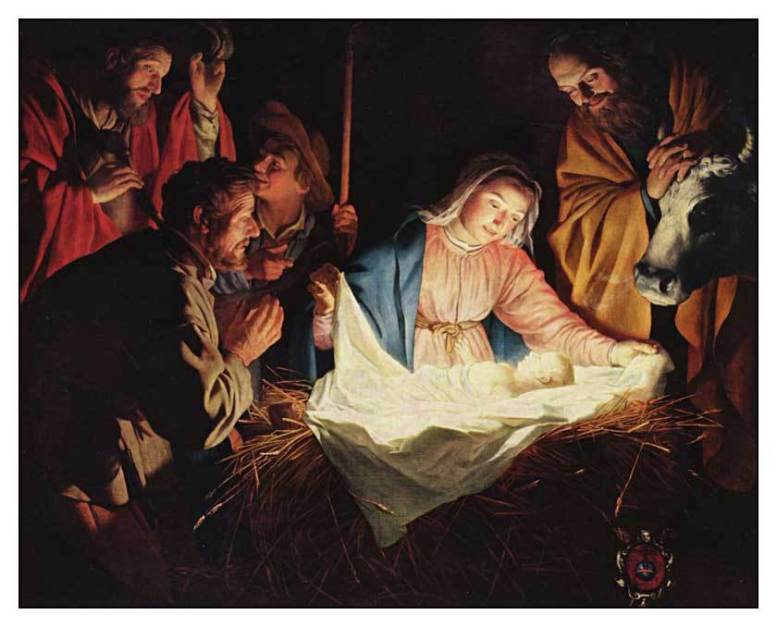The Destruction of Our Virtue-Based Public Education System
The Destruction of Our Virtue-Based Public Education System
 Last week, I wrote about how the Greek philosopher, Aristotle, taught that the only way an individual can properly function is to learn about and put into practice certain virtues. It was Aristotle’s belief that when people practice virtuous behavior, over time, they develop integrity and good character. These traits help them to behave honorably, exercise good judgment, get along well with others, and easily determine right from wrong.
Last week, I wrote about how the Greek philosopher, Aristotle, taught that the only way an individual can properly function is to learn about and put into practice certain virtues. It was Aristotle’s belief that when people practice virtuous behavior, over time, they develop integrity and good character. These traits help them to behave honorably, exercise good judgment, get along well with others, and easily determine right from wrong.
As a general rule, until the 19th century, the formation of children rested primarily with families — parents, brothers, sisters, grandparents, aunts, uncles, and other relatives. Family members were the instruments by which the virtues were passed on from one generation to the other.
We all know that when a child is conceived, there is an umbilical cord that is connected to the child on one end, and to the child’s mother on the other end. For the entire term of the pregnancy, nourishment flows from the mother to the child through the umbilical cord.
At birth, the umbilical cord is cut and the newborn child becomes completely dependent on his or her family members for physical, mental, emotional, and spiritual support. In a sense, an invisible umbilical cord now exists between the child and the child’s family. If a child is left alone without the assistance of others, the child will die within a matter of hours or days.
In order for newborn children to properly function, they must receive the constant care of others, and it takes years before they can fully function on their own.
Until the early 1800s, it was primarily the family that provided for the physical, mental, emotional, educational, and spiritual needs of children.
You may have heard of Horace Mann, (1796-1859). He was an American educational reformer who served in the Massachusetts state legislature and was later elected to the United States House of Representatives.
Mann was the driving force behind free, universal public education in America. As a result of his influence, the state of Massachusetts was the first state that offered free (tax funded) public education. In 1852, Massachusetts passed a law that made attending school compulsory. Other states quickly followed and within 20 years, all the other states had put into place elementary schools that provided a free public education.
During the late 1800s, high schools, colleges, and universities opened throughout the United States. At the same time, accrediting standards were developed for those institutions. By 1910 more than 70% of children were attending school, and by 1930, 100% of children (except for those with disabilities or medical problems) were attending school.
Before the development of free public education, the family was the primary “umbilical cord” that provided for the physical, mental, emotional, educational, and spiritual needs of children. After the public educational system was put into place, a new umbilical cord was plugged into the minds of American children.
This new umbilical cord was utilized from the early morning hours to the late afternoon hours of each weekday. The time that children were in school represented a part of their day when they were the most rested, alert, and at their peak energy levels.
When public education was first introduced, the same values and virtues that were taught in the home were, to various degrees, incorporated into the public education curriculums.
At that time, schools focused primarily on reading, writing, and arithmetic, as well as geography and history, so there was no real harm to children in taking them out of their homes and placing them into a structured educational environment where they could benefit from qualified teachers who had their best interests at heart.
Initially, as the school system expanded and grew in the United States, it was common for the schools to open each day with a prayer, to teach the 10 commandments, and to teach students virtue-based standards. That all changed in the early 1960s when the U.S. Supreme Court began handing down rulings that prevented prayer in the public schools and prohibited the teaching of the 10 commandments.
In addition to the inclusion of prayer and the 10 commandments, during the first 100 years of public education in America, there was an important foundational tool that was used in grades one through six to teach behavioral standards that were based on the virtues. The tool that I’m referring to was a series of textbooks that were known as the “McGuffey Readers.”
It is estimated that more than 120 million copies of the McGuffey Readers were sold between 1836 and 1960, which placed the volume of sales in the same category as the Bible and Webster’s Dictionary.
The McGuffey Readers were edited by William Holmes McGuffey. He had two primary passions: education and preaching the Gospel. McGuffey had a gift that allowed him to memorize and later recite entire books of the Bible.
The McGuffey Readers provided age-appropriate material that taught children how to read — beginning with the alphabet, and then to phonetically taught single syllable words, and then to multisyllabic words and sentence structure. The more advanced readers taught critical thinking skills and included writings from authors such as William Shakespeare, Thomas Jefferson, and Washington Irving.
Woven within the framework of the McGuffey Readers were teachings about virtues, such as kindness, chastity, hard work, resilience, and honesty. There were also lessons in the readers that emphasized the consequences of not practicing the virtues.
When my wife and I decided to homeschool our children, we purchased a complete set of the McGuffey Readers, which we then incorporated into our children’s school curriculum. Unfortunately, the McGuffey Readers were phased out of the public education system during the 1960s, which was the same time that the U.S. Supreme Court outlawed prayer and the teaching of the 10 Commandments in the public schools.
It was at this point in time — the 1960s — that the virtue-based standards that had been passed on to American children through the public education system was abruptly cut off. The discontinuation of the teaching of the virtues created a tremendous void that completely changed the trajectory of our society and culture.
More on this topic next week.




